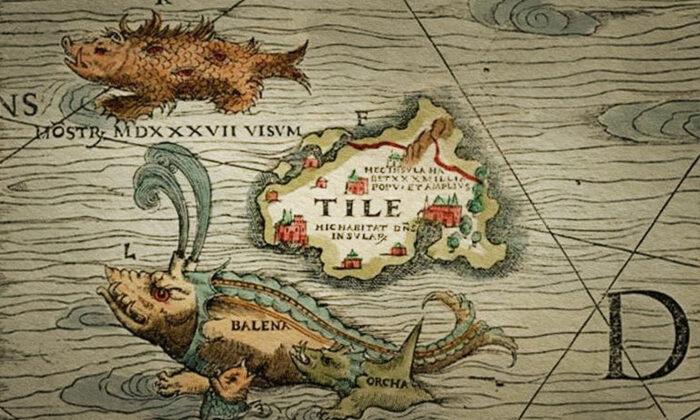The English chemist and physicist John Dalton (1766-1844) is the man credited today with developing modern atomic theory. However, an understanding of atoms was actually formulated 2,500 years before Dalton by an Indian sage and philosopher, known as Acharya Kanad.
The name “Acharya Kanad” was given to him after the theory of small particles he espoused. Born in 600 B.C. in Prabhas Kshetra, near Dwaraka in Gujarat, his real name was Kashyap.
The story goes, while on a pilgrimage to Prayag, Kashyap witnessed thousands of pilgrims littering the streets with flowers and rice as offerings at a temple. Kashyap, who was fascinated by small particles, began collecting the rice. A crowd gathered around to see the stranger picking up the grains from the street. He was asked why he was gathering what even a beggar wouldn’t touch. He replied that individual grains themselves are worthless, but a collection of some hundred make up a meal; the collection of many meals would feed a family; ultimately, the whole of mankind consists of such families. Thus, even a single grain of rice is as important as all the valuables and riches in the world. Since then, people began calling him “Kanad,” as “Kan” in Sanskrit means “the smallest particle.”
Kanad’s Conception of Anu (the Atom)
Kanad was walking one day with a meal in his hand. While breaking it into small bits, he realized he was unable to divide the food into smaller parts—it was too small. At that moment, he conceptualized a particle that could not be divided further. He called this indivisible matter Parmanu, or anu (atom).Acharya Kanad proposed that this indivisible substance could not be sensed through any human faculty or seen by the naked eye, and that an innate force compelled one Parmanu to combine with others. When two Parmanu belonging to one class of substance joined, a dwinuka (binary molecule) was formed. A dwinuka retains properties similar to the two-parent Parmanu.
He suggested that it was different combinations of Parmanu which produced different types of matter. He put forward an idea that atoms could join in various combinations to create chemical changes when subjected to conditions such as heat. He submitted the blackening of an earthenware pot or the ripening of fruit as examples of such phenomena.
The sage also founded the Vaisheshika school of philosophy and taught his ideas about the atom and the nature of the universe. He wrote a book on his research, “Vaisheshik Darshan,” and became known as “The Father of Atomic theory.”
In the West, atomism—a philosophy pertaining to atoms—emerged in the 5th century B.C. with the ancient Greeks Leucippus and Democritus. Whether it was the Indians who inspired the Greeks or vice versa, or whether both emerged independently, is a matter of dispute.
Kanad is reported to have said: “Every object of creation is made of atoms which in turn connect with each other to form molecules.” His theory of atoms was abstract and enmeshed in philosophy, as it was based on logic and not on personal experience or experimentation. In the words of A. L. Basham, the veteran Australian Indologist, “they were brilliant imaginative explanations of the physical structure of the world, and in a large measure, agreed with the discoveries of modern physics.”





